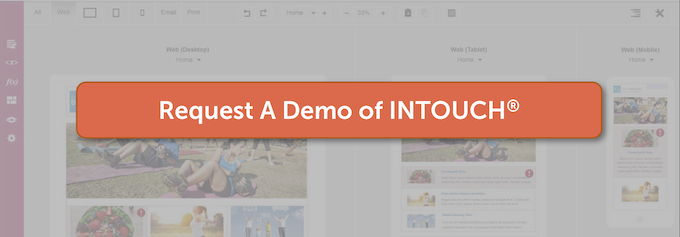The Truth About Digital Experience Architecture
Gartner’s latest Magic Quadrant for Digital Experience Platforms [paywall] (Gartner, Inc., February 11, 2019) predicts that through 2021, 85% of the effort and cost in a digital experience platform (DXP) program will be spent on integration. That’s partly because Gartner has refined its definition of a DXP, i.e., it is not a monolithic product from a single vendor anymore. Now it is an anchoring tenet in an ecosystem of best-of-breed composition, management, delivery and optimization capabilities that support contextualized digital experiences. It’s also because a DXP is but one piece in the larger mosaic of what Gartner has called the customer engagement hub and others refer to as the digital experience (DX) stack, i.e., the software that powers customer journeys.
This change in context turns the focus from features to framework. That means the planning for and pliability of your digital experience architecture will determine the success or failure of your customer engagement and digital transformation efforts. And for many organizations, customer communication management will be part of that framework. But how will you select the components you need and then glue them all together?

Digital experience architecture requires planning like traditional blueprints.
How CCM Fits with DXP
DXPs facilitate omni-channel customer engagements, but most do not address core CCM use cases such as correspondence management. That means you’ll need to supplement most DXPs with a CCM solution. You’ll want to look for a “digital-first” CCM solution, a solution engineered to integrate with a mature DX stack. I’ve already written quite a bit about CCM’s place in the digital experience stack, so I invite you to check out this blog post for more insights. For even greater details on why and how to integrate CCM and DX technologies, download our CCM/DX white paper.
How to Choose a DX Platform
The size of the DXP landscape in 2019 has nearly doubled from last year in terms of the number of vendors. Still, the primary factor in choosing a platform remains the same: integration. Make sure to choose a DXP that plays well with others, one capable of sharing content and context. By the way, when it comes to integration, nothing beats the advantages of cloud-native CCM software.
The truth about digital experience architecture, as recognized by Gartner in the above-mentioned report, is that you’re going to need help coalescing the requisite capabilities into a cohesive framework. Gartner expects that a full 90% of organizations worldwide will rely on system integrators (SIs), agencies, and other partners to design, build, and implement their digital experience strategies.
That’s exactly why Topdown has partnered with Infosys, one of the world’s leading system integrators. Infosys has deep experience with customer communication management (CCM)—their CCM Center of Excellence has been around since 2000—and is recognized as a leading cloud and digital experience service provider. Together, we can help connect your customer communications to your digital experience architecture.
To see a digital-first CCM solution in action and find out how Topdown handles DXP integration, request a free INTOUCH demo today.
Image: Unsplash







